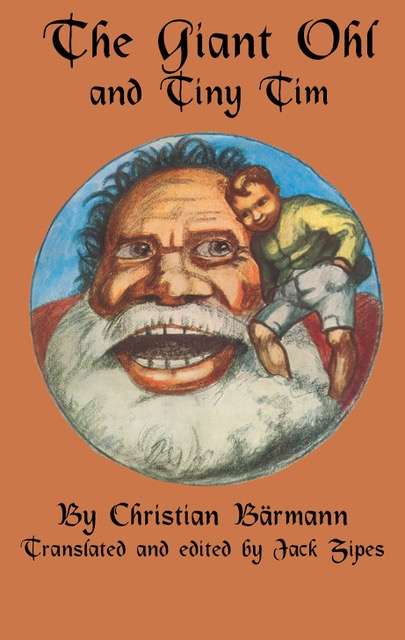The Giant Ohl and Tiny Tim
By:
Sign Up Now!
Already a Member? Log In
You must be logged into Bookshare to access this title.
Learn about membership options,
or view our freely available titles.
- Synopsis
- Born in Würzburg to a poor baker’s family, he was trained at a young age to become a tailor because he was never successful at school. However, he rebelled against his family and went to Hamburg where he began working on ships and travelled to South America a few times. During his teenage years he returned to Würzburg, where his mother encouraged him to become an architect. With his mother’s help, he mustered enough money to attend a school for architecture and art in Munich. Once there, his instructors recognized his great talent for painting and illustration. By the beginning of the twentieth century he served as an apprentice for various painters in Munich and became known not only for his fairy-tale like paintings but also for realistic paintings of Würzburg. He won many prizes for his early work including the Rome Prize, which enabled him to travel to Italy to study the great Italian painters and improve his techniques and understanding of art. He returned to Germany in 1910 and spent a good deal of his time studying animals and nature. He had a special fondness for illustrating frogs, rabbits, and insects. This was one of the reasons Waldemar Bönsels asked him to contribute 60 illustrations to his famous children’s book, Die Biene Maja (Maja the Bee, 1912). Bärmann was greatly disturbed by World War I, and his paintings such as The Revolution (1914) and Der Brand (The Fire, 1914) reflect his concern about the violence in Europe. At the same time, he began to turn to sketching and painting scenes that would illustrate his books for children. Bärmann had a wry sense of humor that can be seen in a series of fairy tales he created from 1914 until his death in 1924: Die Kröte Rockröck (The Frog Röckkröck, 1918), Der Riese Ohl und das Hannesle (The Giant Ohl and Tiny Tim, 1918), and Die Honriche (The Flower Angels, 1923). Bärmann was greatly infatuated if not obsessed by giants and large creatures, who were kind and misunderstood. His compassion for these gigantic people and animals is evident in his paintings and illustrations. In the case of The Giant Ohl, it is clear that the good-natured giant is a friend of humans who have prejudices against strangers, especially when they seem to be enormous dangerous aliens. Bärmann was an unusual painter/storyteller. His texts and images reveal both his serious critique of social prejudice and also his jovial and optimistic perspective on how people might overcome aggressive behavior toward "freaks." Aside from his own work, Bärmann also produced illustrations for Eduard Mörike’s fairy tale Das Märchen vom sicherern Mann (The Fairy Tale about the Man with Confidence, 1907) and Gustav Meyrink’s Golem (1915).
- Copyright:
- 2019
Book Details
- Book Quality:
- Publisher Quality
- ISBN-13:
- 9780814347560
- Related ISBNs:
- 9780578458496
- Publisher:
- Tiny Mole and Honey Bear Press
- Date of Addition:
- 03/13/21
- Copyrighted By:
- Little Mole and Honey Bear
- Adult content:
- No
- Language:
- English
- Has Image Descriptions:
- No
- Categories:
- Literature and Fiction, Language Arts
- Submitted By:
- Bookshare Staff
- Usage Restrictions:
- This is a copyrighted book.
- Edited by:
- Prof. Jack Zipes
